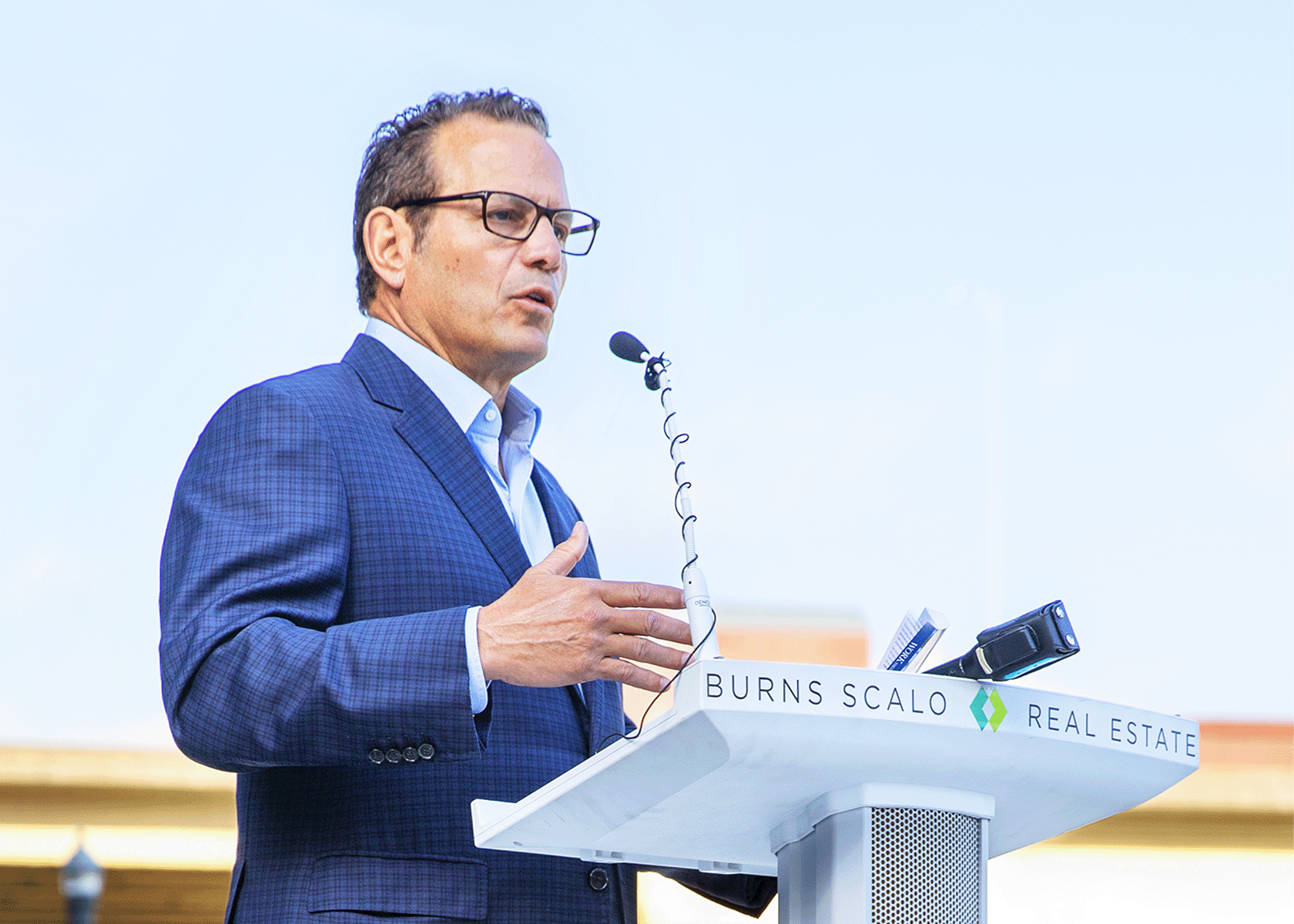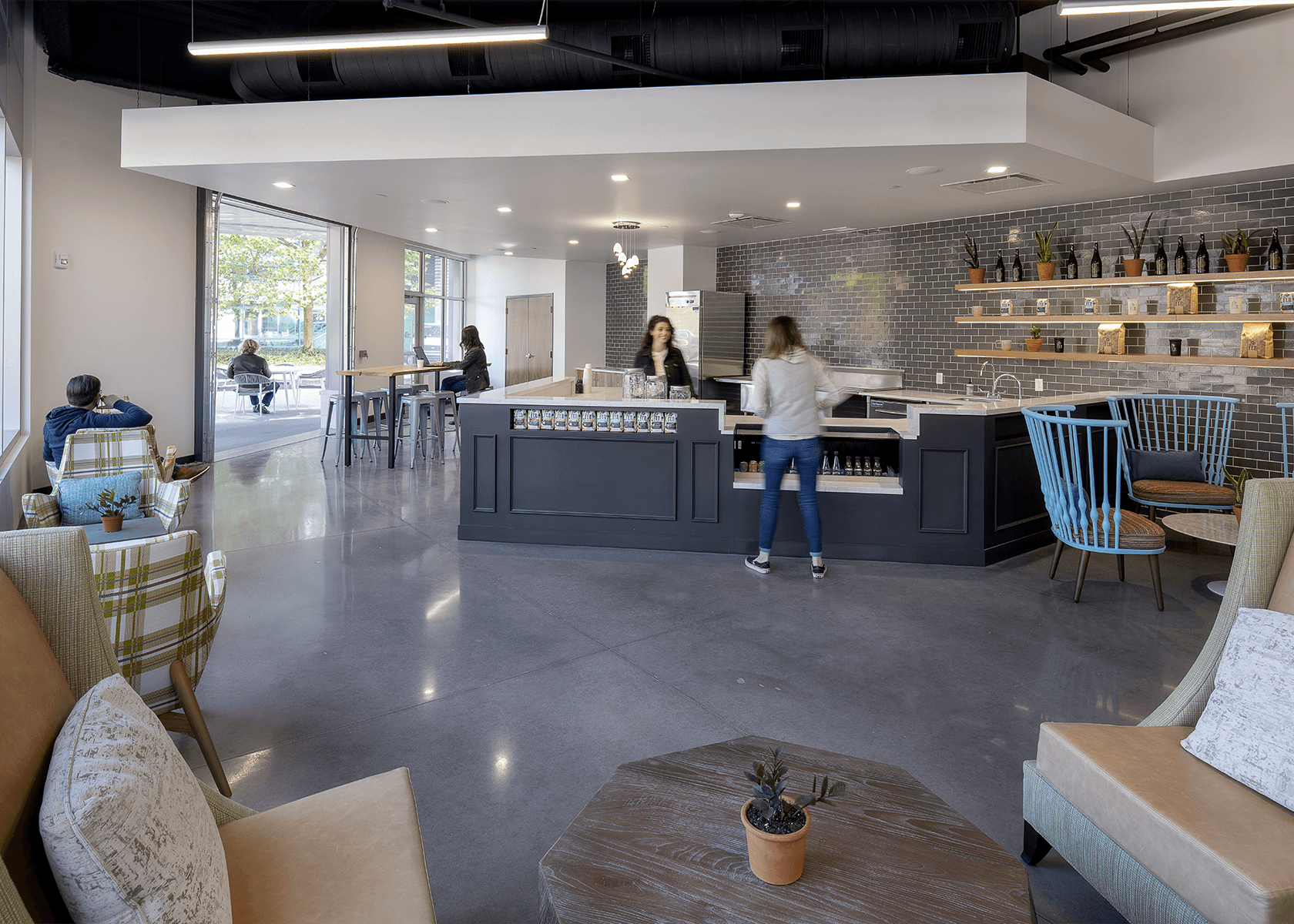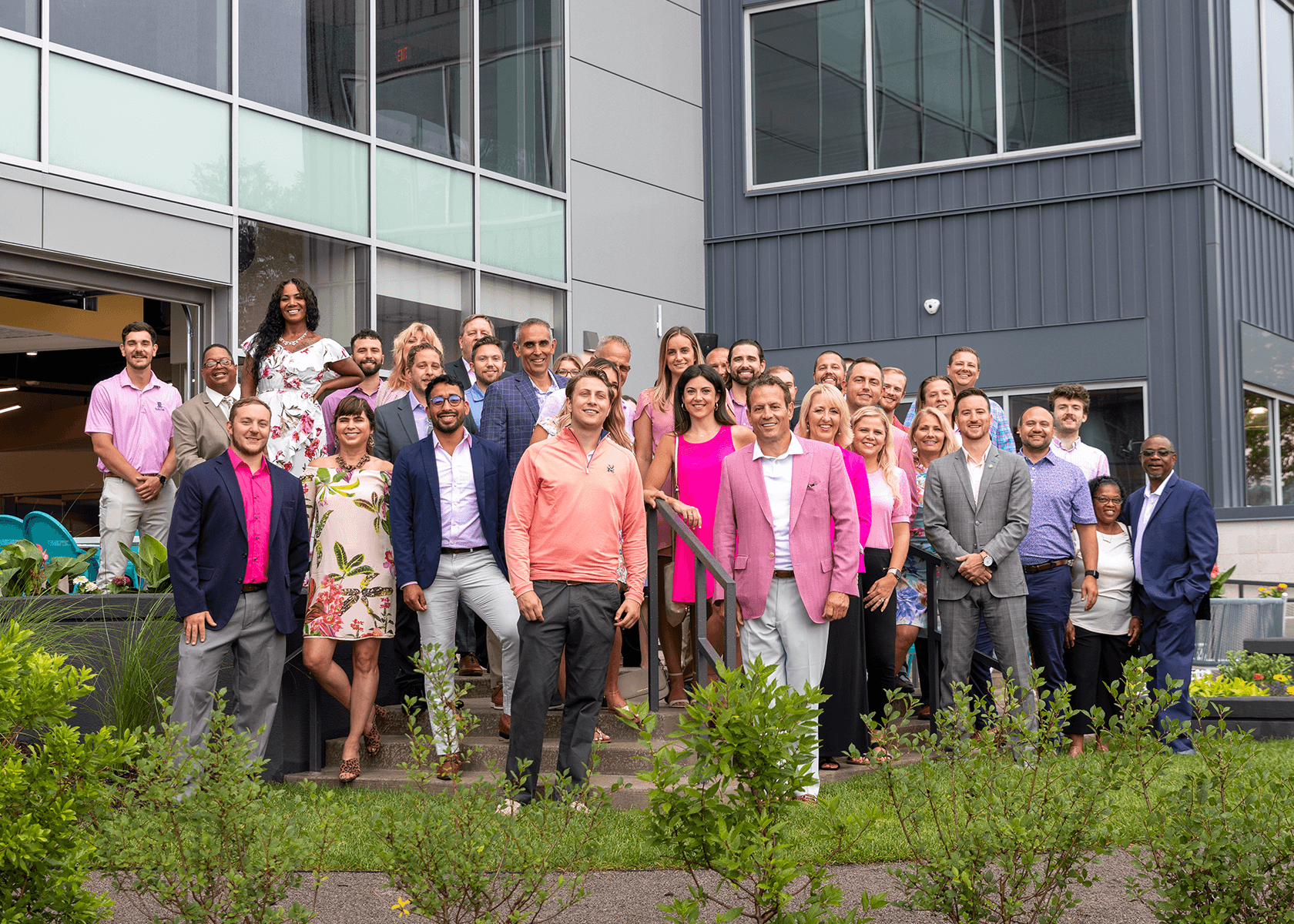Everyone, no matter what their generation, prefers better office space, luxury amenities, and the sense that their employer cares about them enough to put them in a happy, healthy, stimulating space.
A Google search turns up tens of thousands of results that make the case for moving into better office space. I’ve posted a few articles on the subject myself. I even wrote a book about it. But no matter how many different angles we can find about how dynamic office space represents a clear and underexploited competitive advantage for any business in any industry or market, the debate always comes back to money. When I hear the question, “Yes, but what does it cost?” the answer is always the same: “It’s not about the money (it’s about the money).”
IT’S NOT ABOUT THE MONEY
Here’s where it starts: there was a time when you could expect your employees to be content to put their heads down and work so they can be happy in 50 years when they retire; those days are over. Yes, we have entered the era of work-life balance (or as I prefer to call it, work-life blend). Make no mistake, it isn’t just millennials who want to be as happy at work as they are in their free time.
Everyone, no matter what their generation, prefers better office space, luxury amenities, and the sense that their employer cares about them enough to put them in a happy, healthy, stimulating space. This is exactly why this decision isn’t about money; it’s about the message. What message does your space send to the people you count on to create the work product, interact with customers, and grow your business? The goal should not be to try to cram as many people as possible into the cheapest possible space; it should be to maximize the return on the space you choose.
This means proper planning. It means streamlining the way people engage with their space and with each other. It means offering amenities and services that cut down on the amount of time and energy your people have to dedicate to tasks that are unrelated to their jobs. It’s about providing a space that encourages work through interaction, comfort, visual stimulation, and space that invites creativity, collaboration, and innovation.
Consider a space full of closed-door offices with drab walls, bland conference rooms, uninspired art and décor, and a hierarchy of workspaces that make it clear that some employees are valued over others. This space sends the message that the employer only expects work out of his/her employees. In return, this employer will receive work. It won’t be particularly dedicated, creative, or innovative work, but it will indeed be work.
Now contrast this with a space full of glass partitions, collaborative spaces, high-tech conference rooms, breakout spaces with whiteboards, pushpin walls, and presentation monitors, a state-of-the-art kitchen and fitness center, décor that meshes with a positive cultural message, outdoor spaces, café spaces, recreation spaces, and on and on. This space sends the message that the employer doesn’t just expect work out of his/her employees, but also genuinely wants his/her employees to be happy, healthy, and engaged.
The first office belongs to a faceless company. The second office belongs to an organization that people actually want to be a part of, to contribute to, and to improve — not just for themselves, but for their friends and coworkers, and for the greater good. This is more than providing work-life blend; this is giving your people something that they can believe in. It is providing them a space where they don’t just have to work, but they actually want to work. It connects your people’s functional jobs to their identity. It communicates more than just expectations; it communicates your respect.
IT’S ABOUT THE MONEY
On the flip side, do you think this is all about positive vibes and good feelings? It’s not. Positive vibes and good feelings are an incredible side effect, but at the end of the day, business is still all about money. Better offices with incredible amenities, luxurious and intelligently designed spaces, and lifestyle supporting services lead to healthier, happier, and more engaged people; healthier, happier, more engaged people are more productive; and more productive people make you more money. It’s as simple as that.
So yes, a Class-A space costs more per square foot in rent, and the fit-out is typically more costly. But the counterpoint is less obvious: your rent is one of the least significant line-items in your overall operating budget, while your payroll is quite likely the highest.
Meanwhile, what you spend on fit-out is a one-time expense that, provided you do it right, will pay for itself many times over in very short order.
I have asked the question before and I will ask it again: Do you think your employees know what you pay in rent? They do not. What they do know is how the space you put them in makes them feel — and how they feel has a significant impact in the quality of work they give you in return. Your employees are the most expensive line-item on your budget; why would you not be doing everything in your power to make them happy?
Put simply, if your rent is 5% of your operating budget (which is pretty typical for most industries), and your payroll is 50% of your operating budget (in other words, it’s 10 times higher than what you pay in rent), then why not spend slightly more on the small line item and take advantage of the vast improvements it will create for your biggest?
Put another way, your rent — even if you decide to occupy the worst space in the market — is never going to be zero percent of your operating budget. Maybe that worst space would cost you 4% of the budget while a Class-B space would be 5% and a Class-A 6%. If the difference between a Class-B space and a Class-A space is a measly 1% of your overall operating budget, then why are you even thinking about it? That extra 1% is peanuts compared to the massive boosts in employee productivity you receive in return for putting your people in spaces with better air and light quality, healthy food and clean water, and with access to fitness, comfortable space, and environments that stimulate creativity and collaboration.
A very small investment — maybe a few thousand dollars per year — will amount to millions of dollars in gains over the time you occupy the space. And as a giant bonus to all this, you get to demonstrate to your people that you genuinely want to make them happier, healthier, and more content at work. Do right by them, they will do right by you, and everyone wins.




